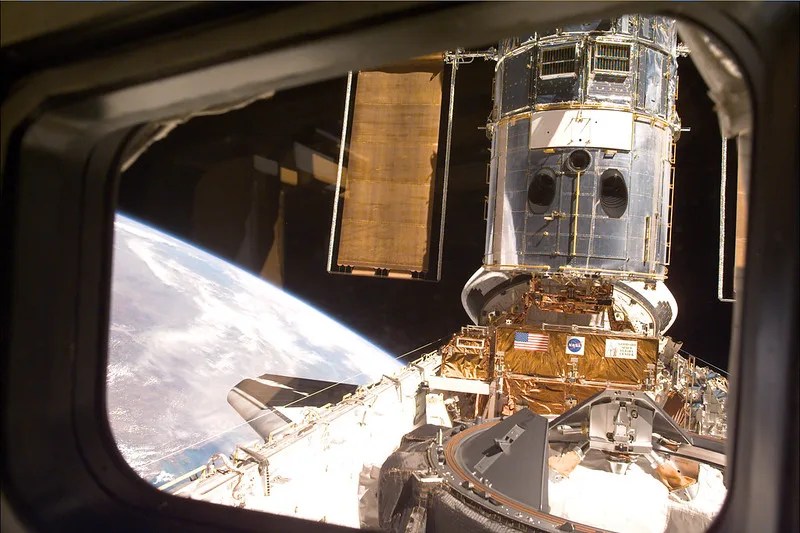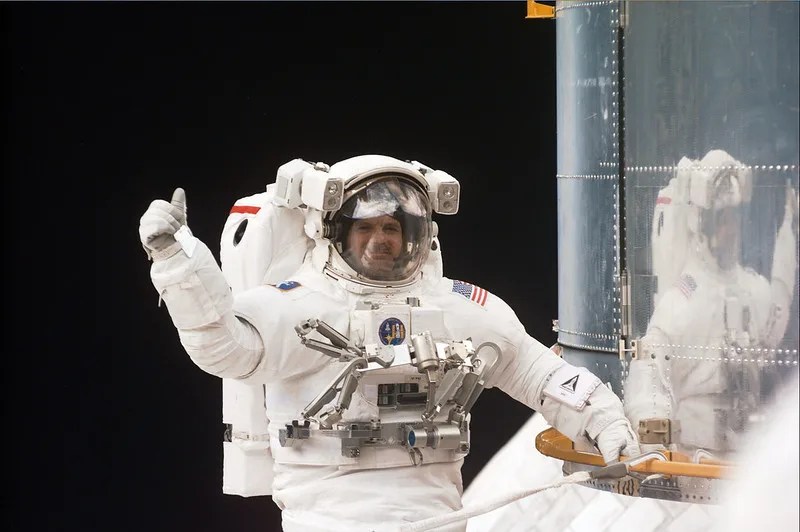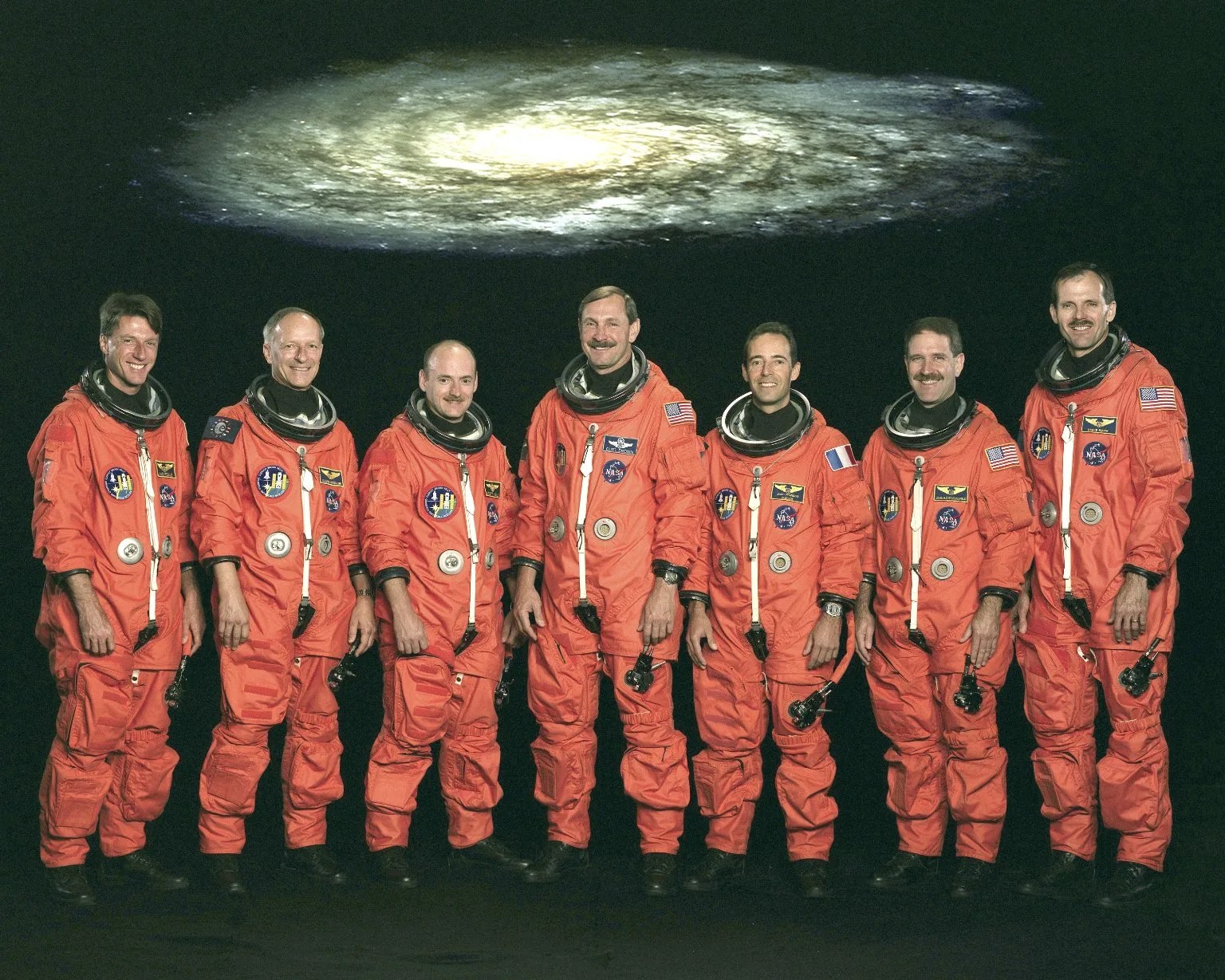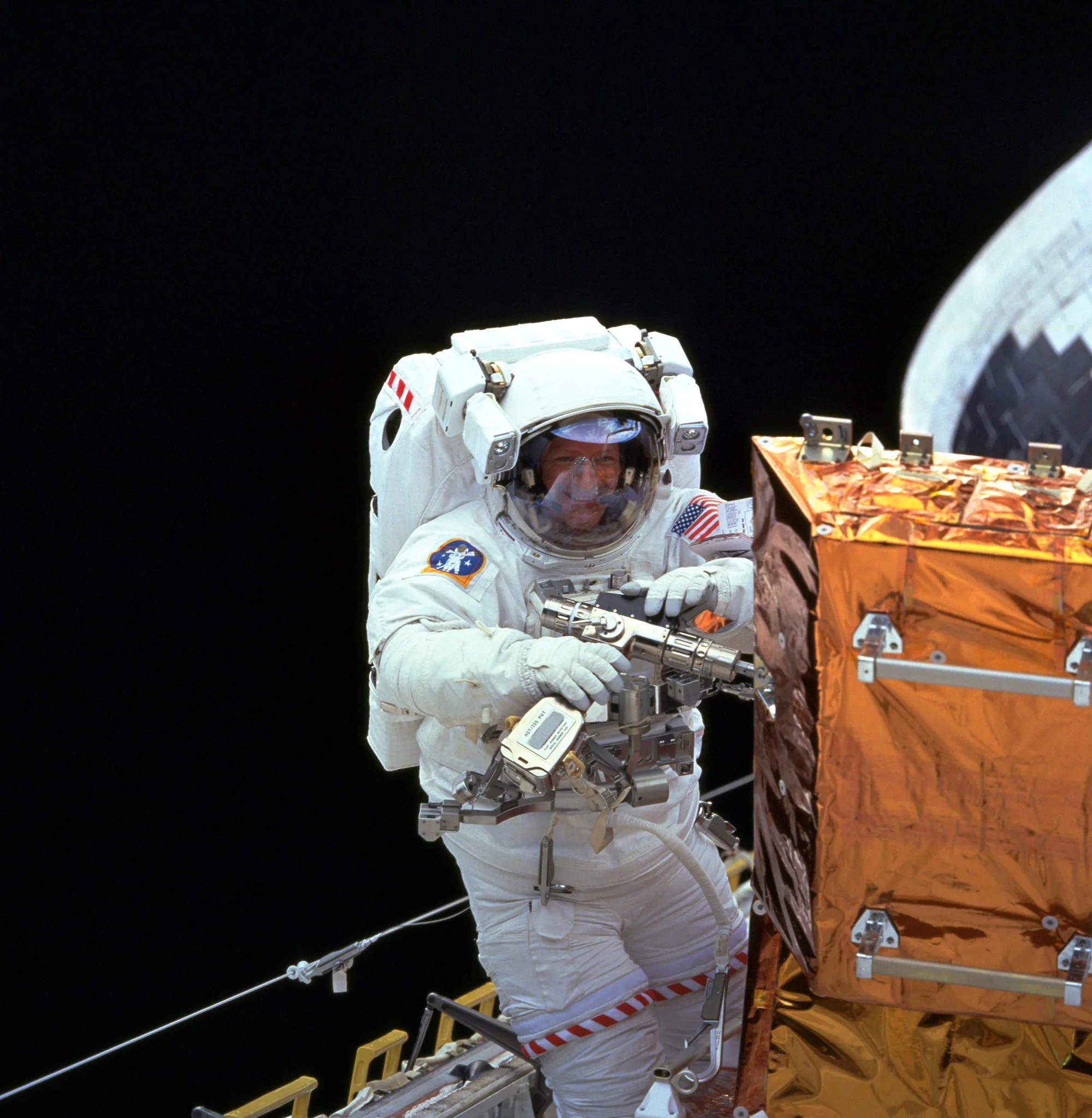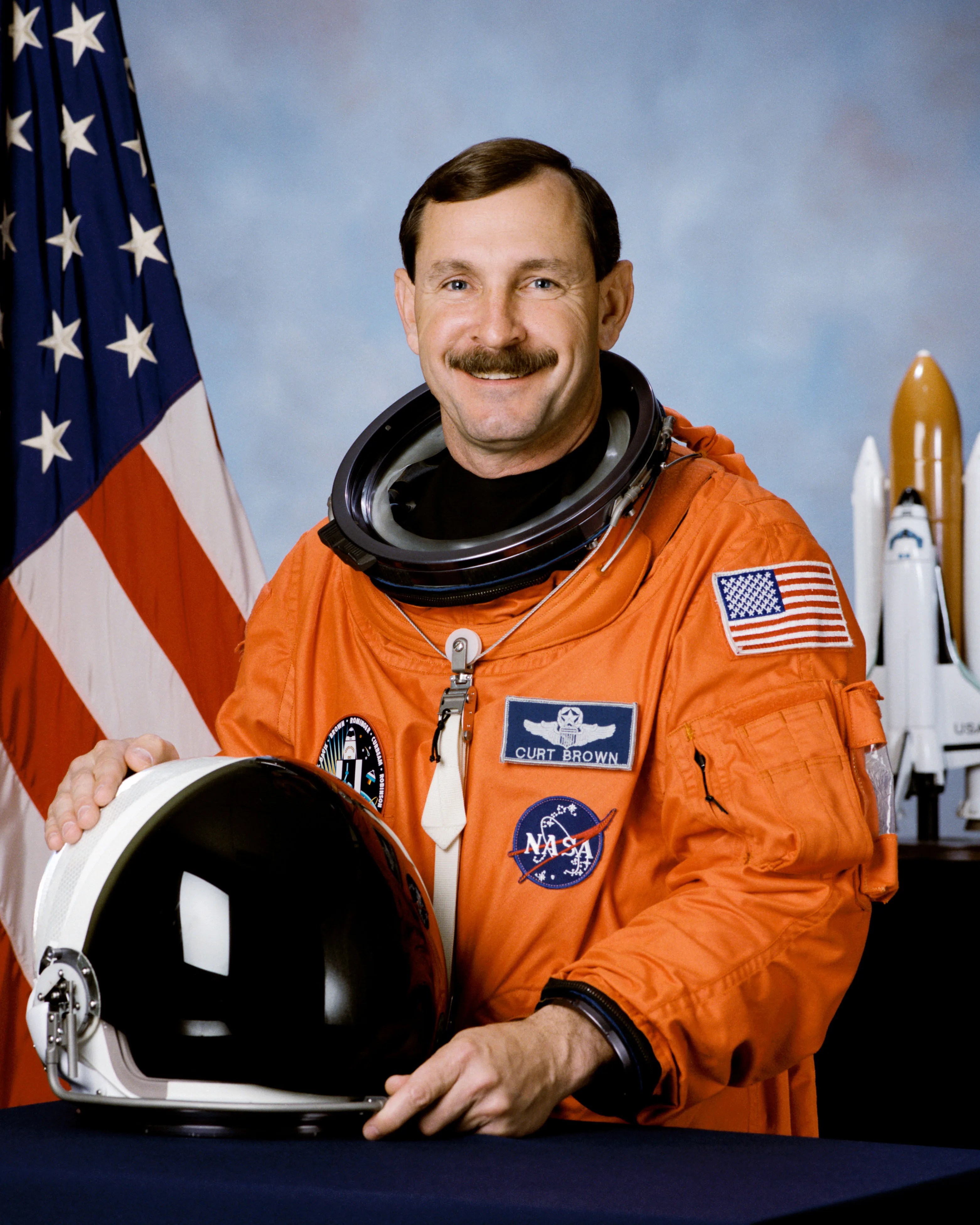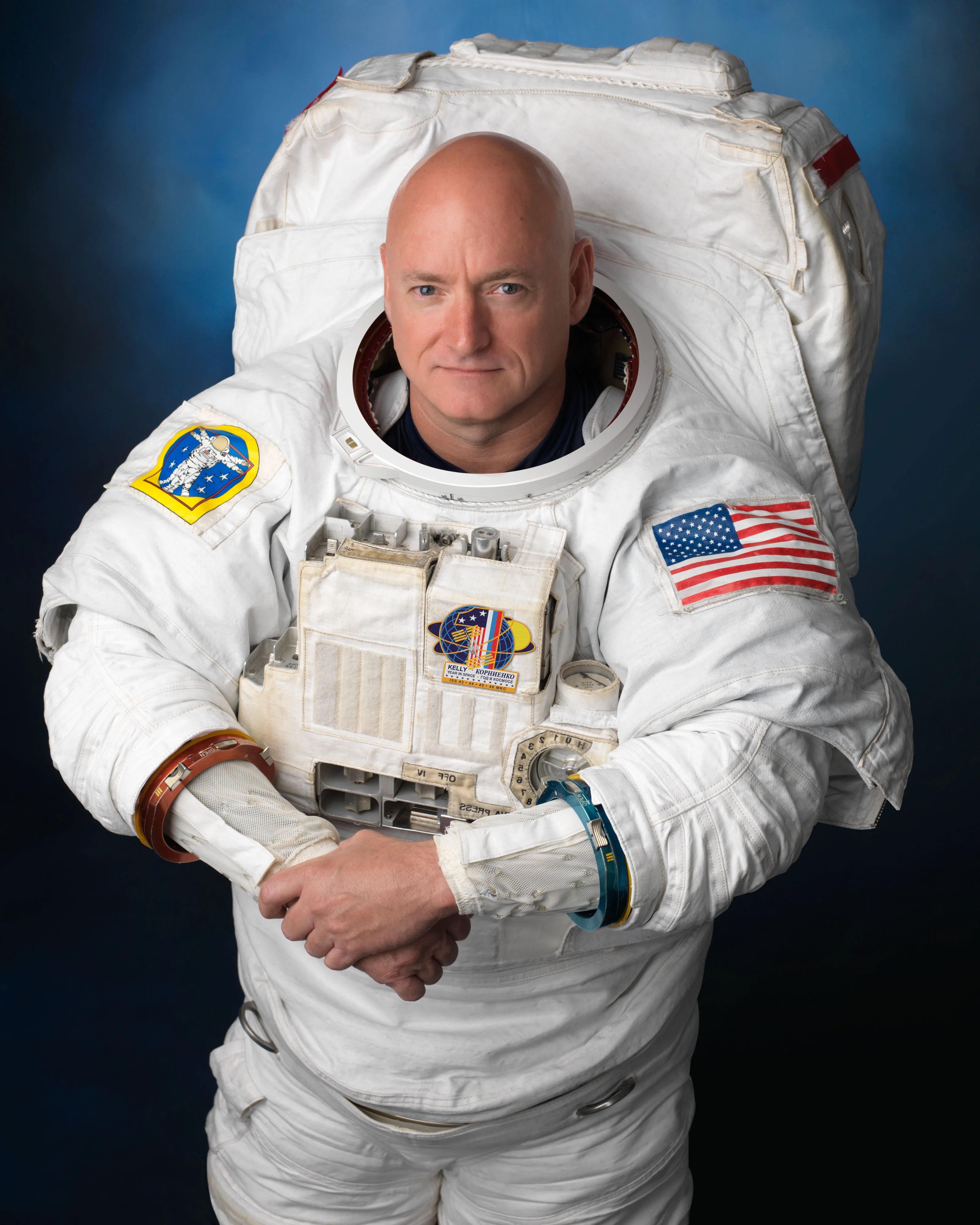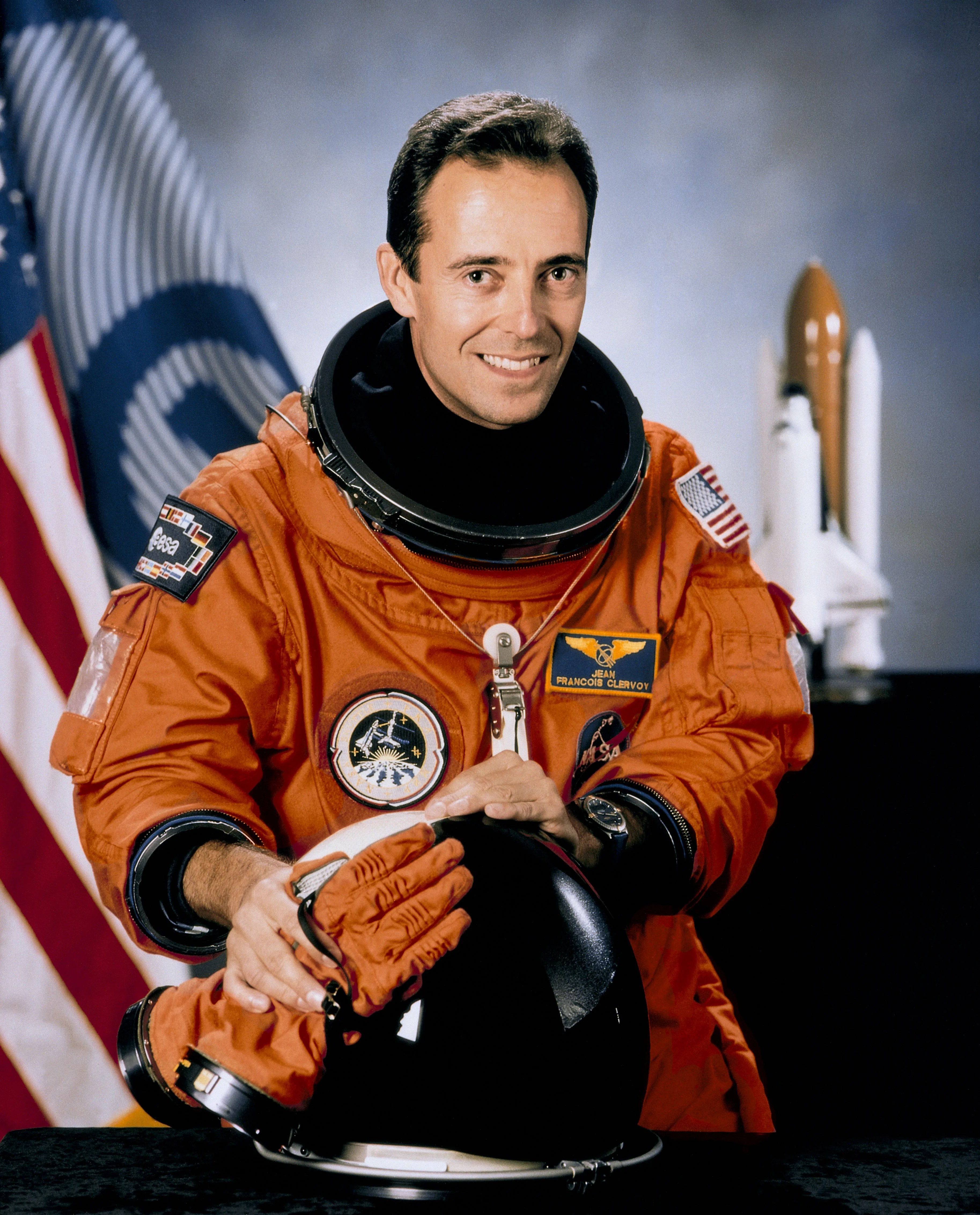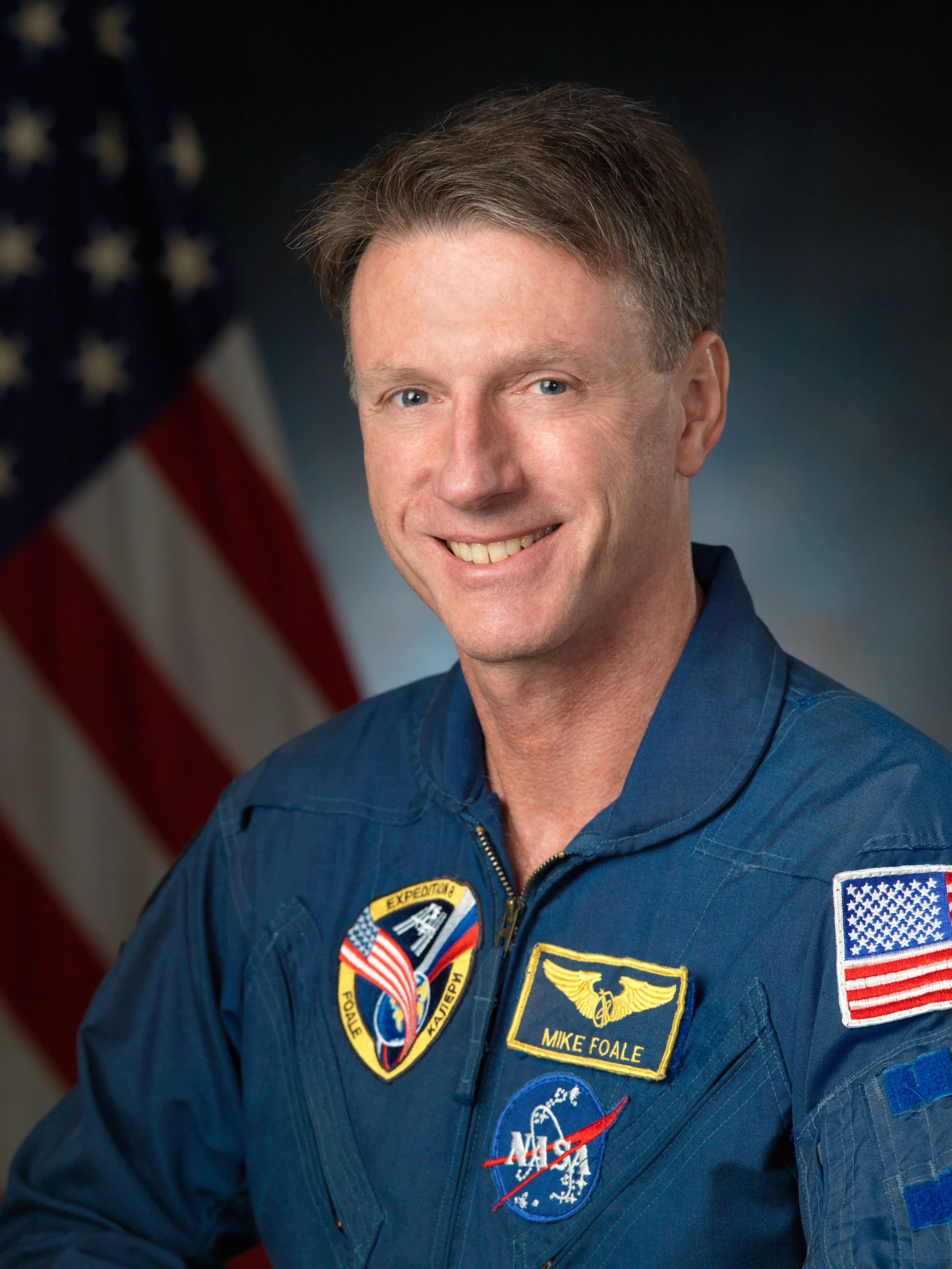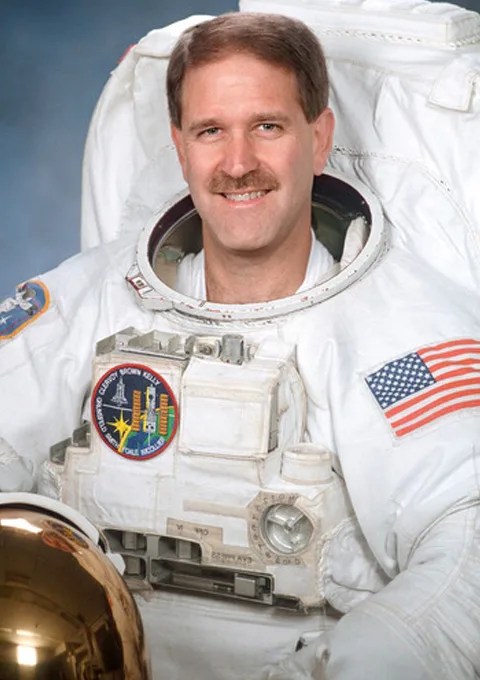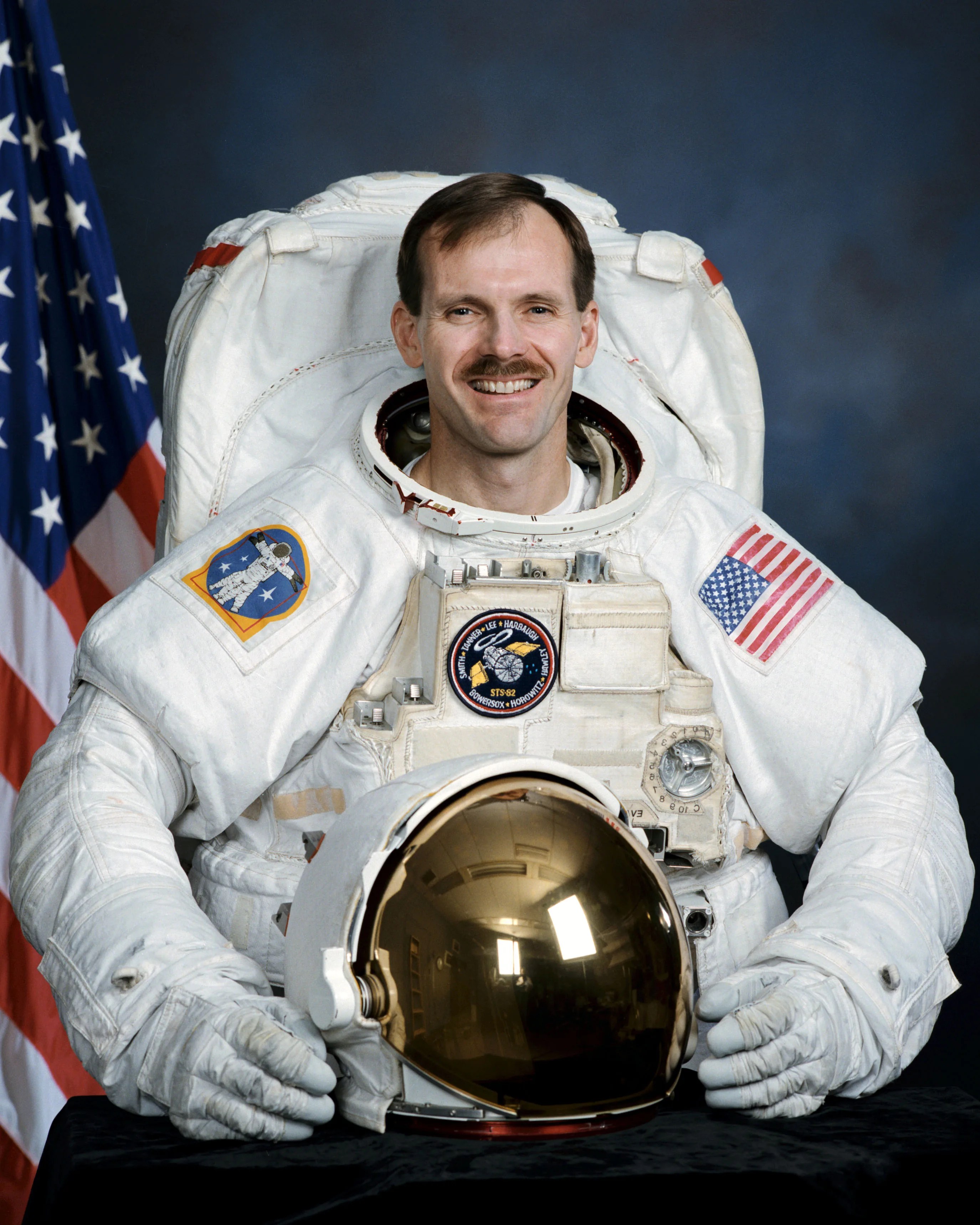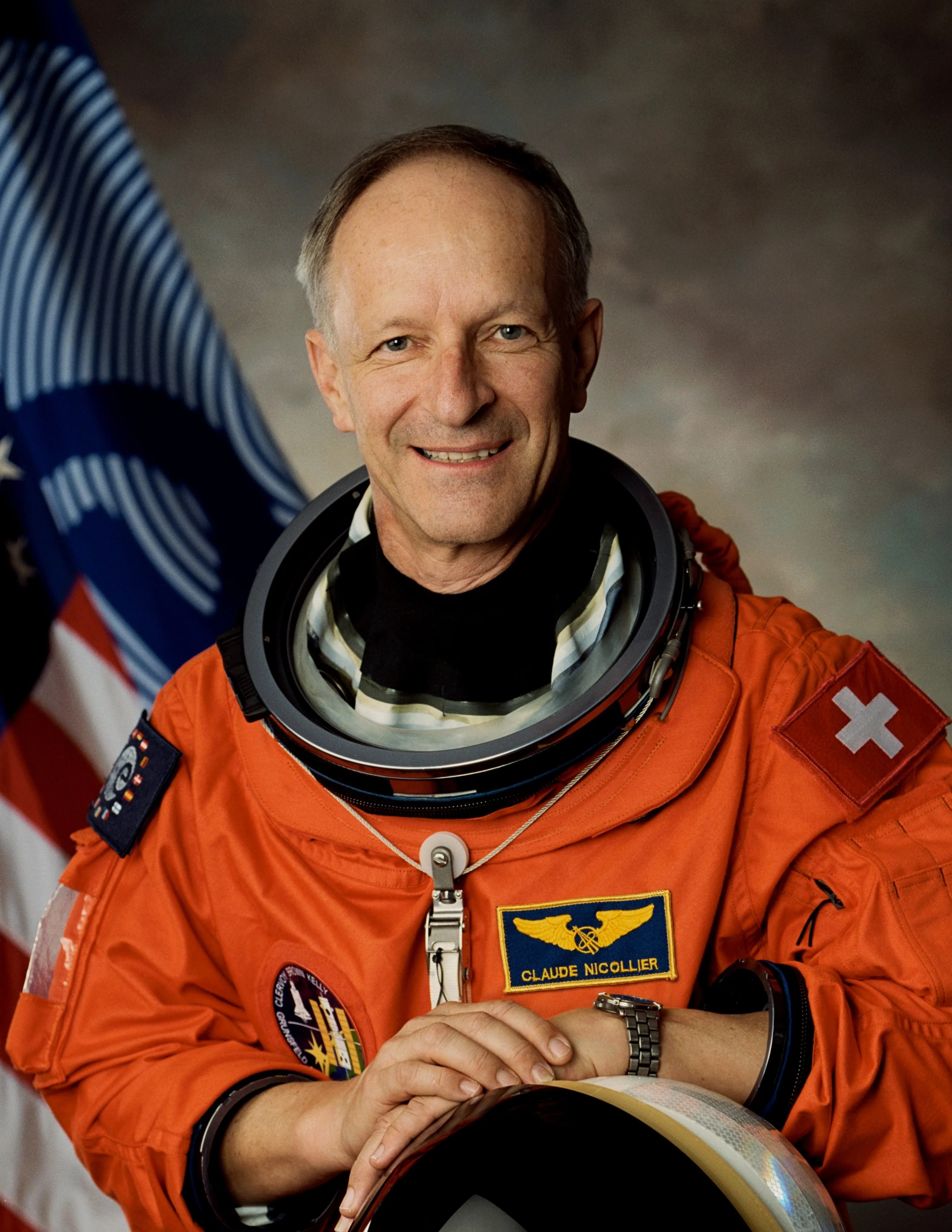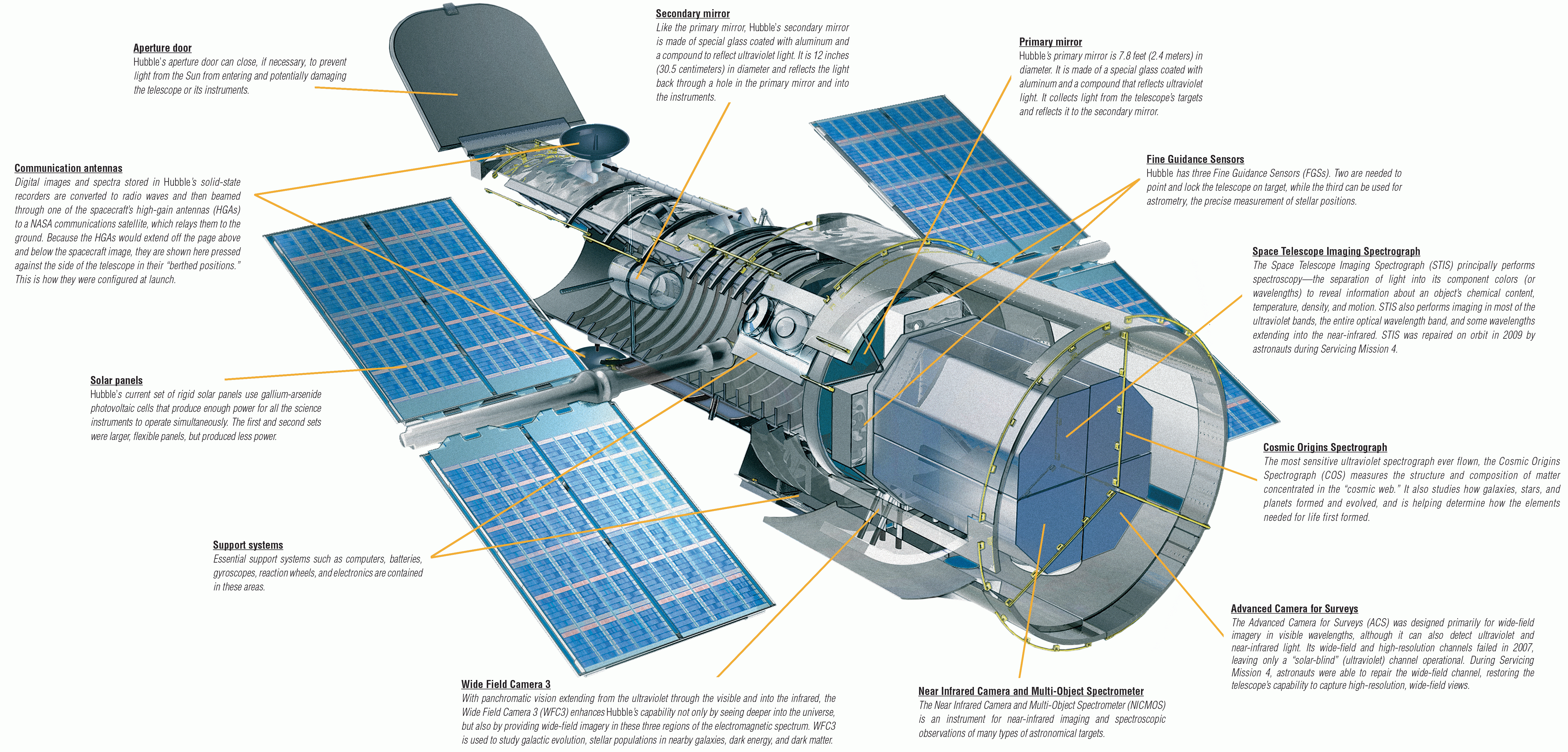Servicing Mission 3A
(SM3A)
NASA has a call to action when four of Hubble’s six gyros failed.
mission type
Servicing Mission
shuttle mission
STS-103
Launch
Dec 19, 1999
duration
7 days
Overview
Originally conceived as a mission of preventive maintenance scheduled for June 2000, Servicing Mission 3 turned more urgent when three of Hubble’s gyros failed. Then on November 13, 1999, when the fourth of Hubble’s six gyros failed, the telescope temporarily closed its eyes on the universe. Hubble’s gyroscopes measure the speed at which the telescope is turning. The telescope cannot safely turn or lock on to new targets without them. A wheel, mounted inside the gyroscope spins at a constant rate of 19,200 revolutions per minute. Electronics within the gyroscope detect very small movements of the axis of the wheel and communicate this information to Hubble’s central computer. Unable to conduct science without three working gyros, Hubble entered a state of dormancy called safe mode – Hubble essentially "went to sleep" while it waited for help.
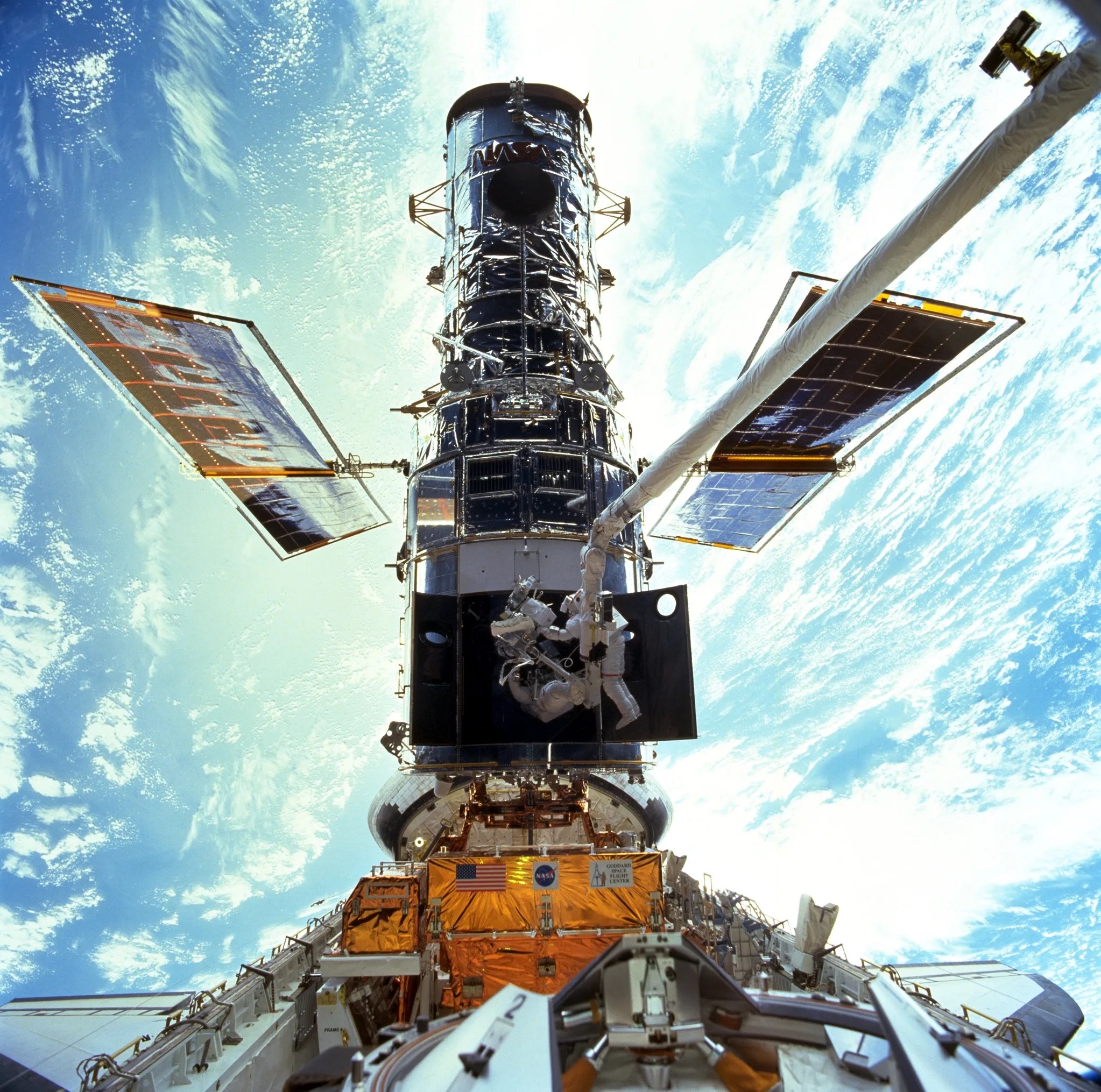
Quick Facts
- Number of Orbits: 119
- Miles traveled: 3.2 million
- The third time in the U.S. Space Program that a crew spent Christmas in space
In an effort to swiftly bring Hubble back to life, NASA decided to split Servicing Mission 3 into two parts – Servicing Mission 3A (SM3A) and Servicing Mission 3B (SM3B) – quickly approving, developing, and executing SM3A in a record seven months!
The first spacewalk or EVA (extravehicular activity) included replacing the telescopes three Rate Sensor Units, each containing two gyroscopes. Astronauts Steven Smith and John Grunsfeld also installed six battery voltage/temperature improvement kits between Hubble’s solar panels and its six 10-year-old batteries. The kits, which are the size of cellphones, prevent the batteries from overheating or overcharging. The 8-hour, 15-minute spacewalk was the second longest spacewalk in history.
During the mission’s second 8-hour EVA, astronauts Michael Foale and Claude Nicollier installed a faster, more powerful, main computer. The new computer was 20 times faster than Hubble’s old one. They also installed a new 550-pound fine guidance sensor.
The third and final EVA saw astronauts Smith and Grunsfeld teaming up for another 8-hour spacewalk to install a new transmitter that sends scientific data from Hubble to the ground. It replaced one that failed in 1998. They also installed a next-generation solid-state data recorder, replacing an older mechanical reel-to-reel recorder.
In a fitting gesture, SM3A astronauts released the newly restored telescope back to its orbit on Christmas Day.
Servicing Mission 3A Interactive Timeline
Meet the Hubble SM3A Astronauts
STS-103 Mission Facts
STS-103 restored the Hubble Space Telescope to working order and upgraded some of its systems, allowing the decade-old observatory to get ready to begin its second scheduled decade of astronomical observations.
Explore STS-103 Details